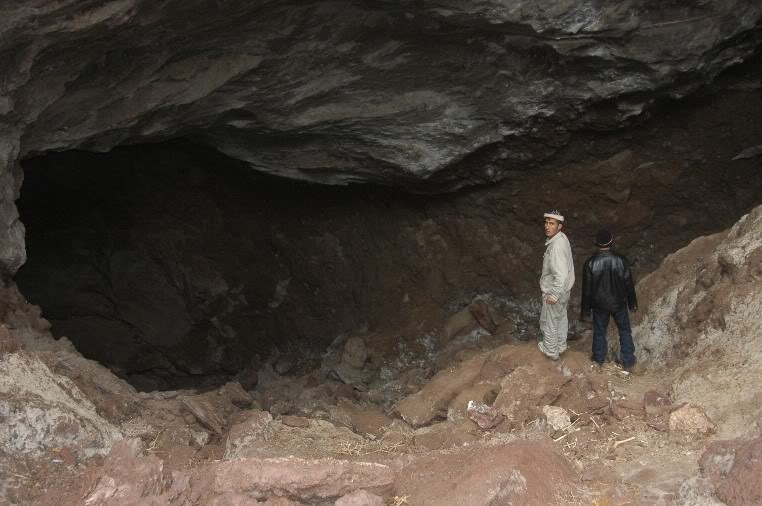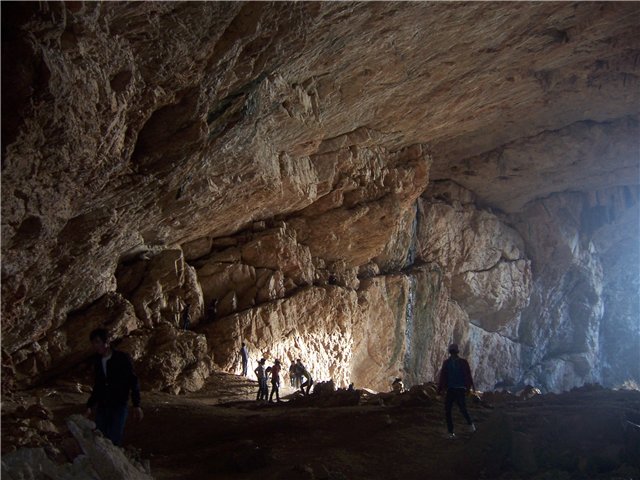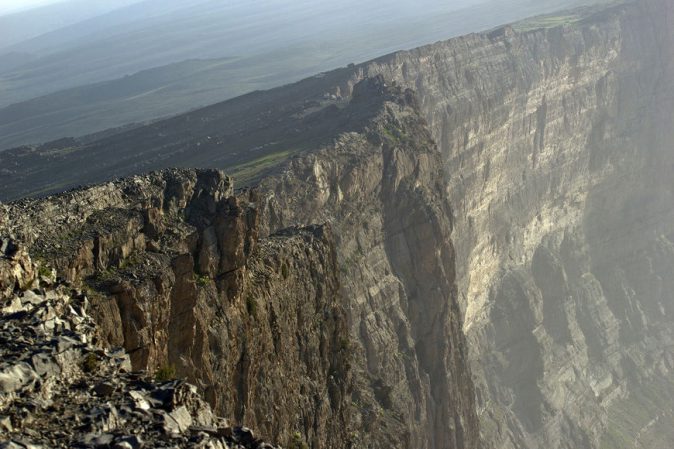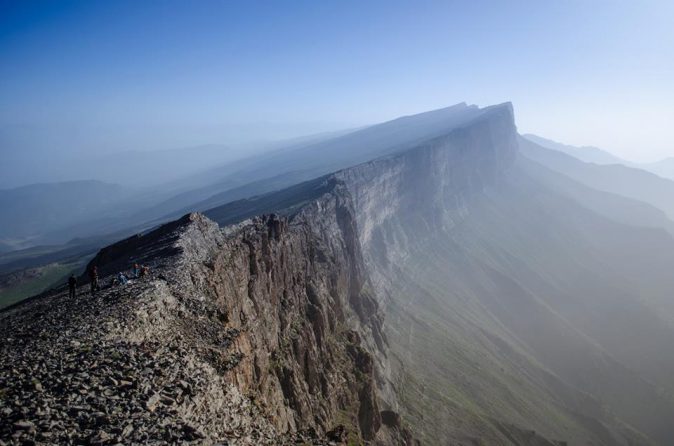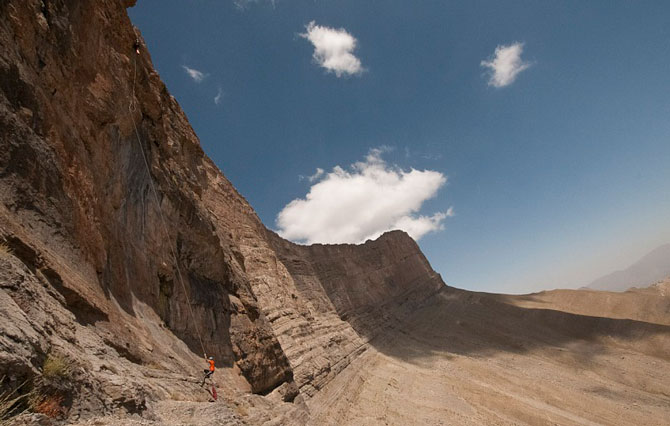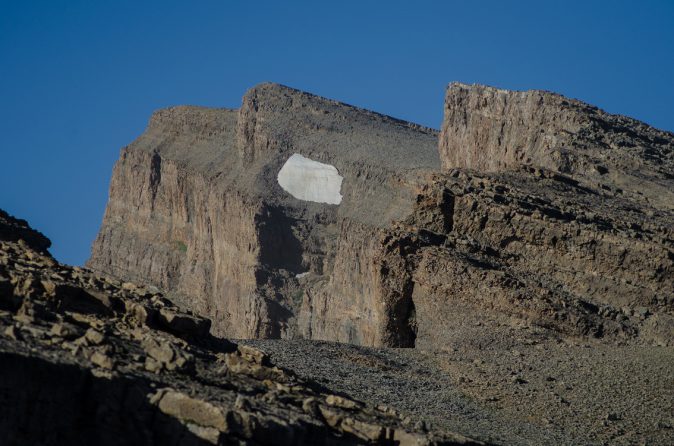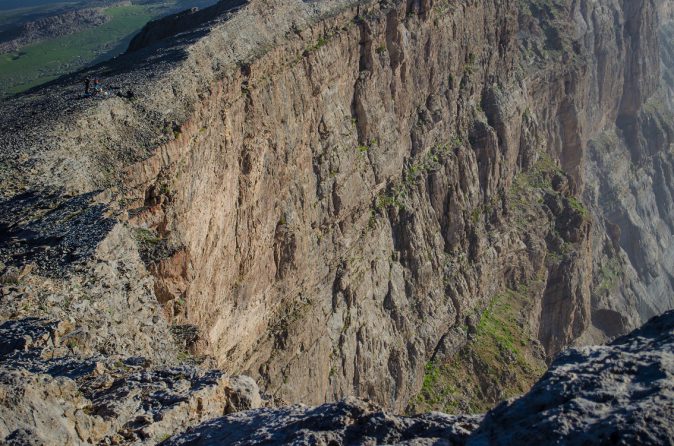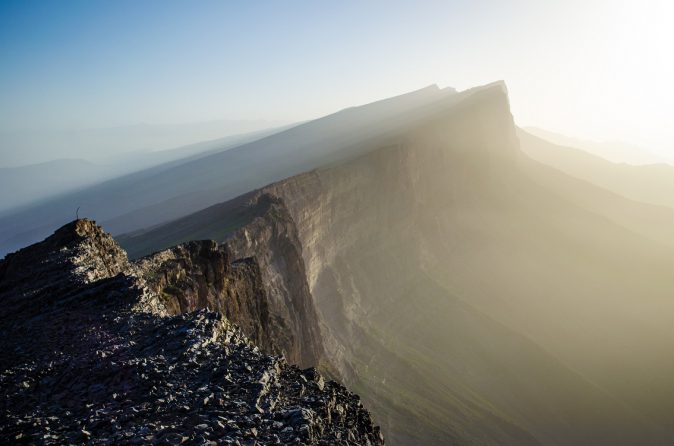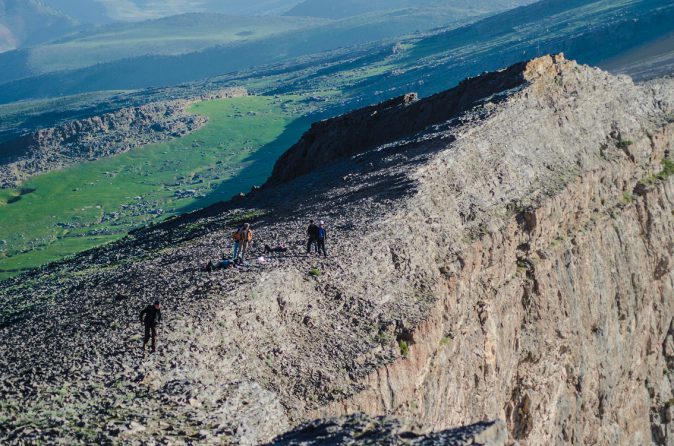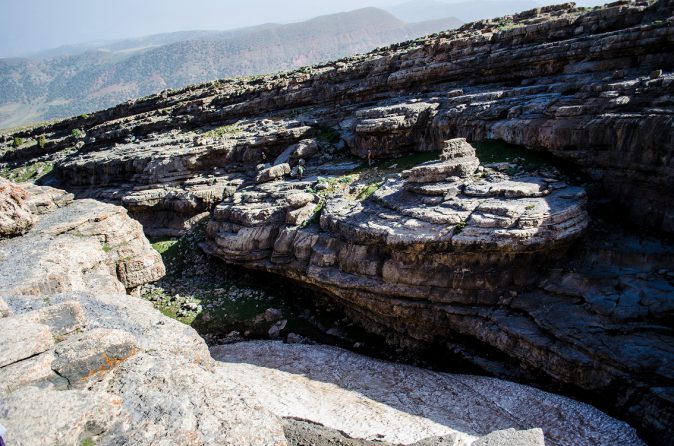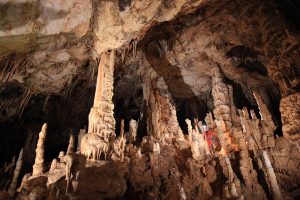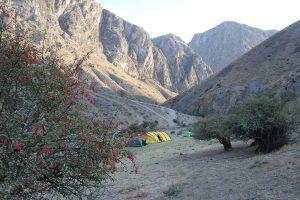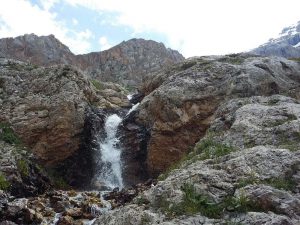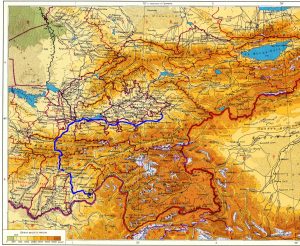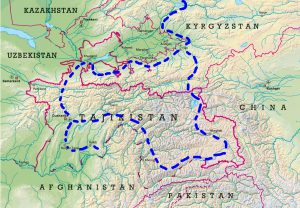
Research in the new Bel-Auty karst area on the Baysun-Tau mountain range in Uzbekistan, 2023
The deepest caves of Asia are concentrated here on the Baysun-Tau mountain range. However, one of the largest karst areas remained unexplored. Previously, he fell into the border control zone. Now that the border zone has been moved further south, it is possible to find new caves.
One of the majestic Baysun-Tau ridges, the Khodja-Gur-Gur-Ata ridge, rises above the surrounding relief and rare mountain villages by more than 3600 m. Its length is more than 100 km from the southwest to the northeast. Tectonic processes have uplifted the limestone layers to over 3,600 m above sea level, forming a vast sloping plateau in the northwest, which ends in a cliff almost 500 m high, which faces southeast.
About 30 known and famous caves are known here. Some of them:
– Boy-Bulok is the deepest cave in Asia. The entrance to the cave is located almost under the edge of the plateau. The depth of the cave is 1415 m, the length is 14270 m. The main passage is inclined along the fall of the limestone layers. The cave ends with a siphon
– Dark Star – was discovered by Russian geologists, and was first explored in 1990 by the English group of speleologists Aspeks 90. Air temperature inside, from -2 to -5 degrees. The length of the cave is 17400 m, the depth is 908 m.
– Ural, length – 2500 m, depth – 565 m.
– Festivalnaya, length – 16200 m, depth – 625 m
As well as other caves.
The exploration of the Dark Star cave was resumed in 2012 by speleologists from Yekaterinburg. Thanks to this cave, the karst area has gained international fame for speleologists. During this time, the cave reached its maximum.
While various expeditions of speleologists explored the southwestern part of the wall of the Khodzha-Gur-Gur-Ata ridge, the northeastern part of the mountain range, which remained inaccessible to people, has remained unexplored so far. Only the military could be here, since the area is located near the borders of Tajikistan and Afghanistan. Today the situation has changed and the area is becoming accessible to both tourists and speleologists.
20 km southeast of the Khoja-Gur-Gur-Ata ridge, there is another ridge similar to its northwestern stone neighbor, which forms the same sloping plateau and a vertical cliff facing southeast. This attractive area can become an object of research in future expeditions of speleologists.
The karst area of Baysun-Tau is huge. But, we want to focus on a completely unexplored area called Bel-Auty, which is similar to the neighboring karst areas, and which have already been explored. The Bel-Auty region is the northeastern continuation of the single mountain range Khodja-Gur-Gur-Ata, where the deepest caves are already known. As already mentioned, these are the caves of Boy-Bulok, Dark Star and others.
We are planning to explore the 30 km northeastern part of the limestone wall and plateau, which were previously closed areas. From the small mountain village of Bakhcha, the edge of the plateau with a breaking wall is already visible. From here begins the path to the unknown limestone area.
Due to its remoteness from civilizations, the area remains difficult to access. The local natural conditions have made life harsh for people. But despite this, people remain hospitable.
On the way of our expedition, 50 km from the small town of Denau, there is another interesting cave – Khodzhaipak, from which a large stream flows with warm hydrogen sulfide water. Water flow rate, about 20 liters per second. The cave smells strongly of hydrogen sulfide and people are afraid to go deeper. As usual, the locals say that the cave goes far. Previously, risky attempts were made to go deep into the cave. But all the daredevils were hindered by narrow places, hot air and a pungent smell of hydrogen sulfide. Near the village of Bakhcha (the starting point to a high plateau) there are 4 groups of multi-jet waterfalls “Sangardak”. Streams of water break out to the surface from holes in the limestone wall. Above the waterfalls, at an altitude of 2500, there is a karst plateau. No one has ever worked in this mysterious karst area. Perhaps at the top, on the plateau, there are entrances to caves that serve as accumulators of water flows, forming a large hydrogeological system, ending in the formation of waterfalls. The most interesting object of research is an almost vertical wall about 500 m high, in which the entrances to the caves are located.
A strong and experienced team of speleologists is needed to explore the area. Thus, this area also remains unknown from the point of view of other areas of speleology: such as biology, archeology, geology, and others.
The most favorable time for the expedition is July-August.
For fruitful and effective work, at least 15 days and more than 10-12 people are needed. We need a caravan of donkeys to deliver cargo upstairs. But, first you need to find a place for the base camp on the sloping slopes of the mountains.
The route of the expedition starts at the Tashkent airport, from where we must get to the town of Dinau by train and then by car to the mountain village of Bakhcha. Here is the start of an extreme expedition. To deliver equipment, food, gasoline and other luggage, under the vertical limestone wall and onto the limestone plateau, we plan to use local donkeys. Of course, local guides will show us the way to the plateau and show us some of the entrances to the caves.
Speleological research in Baysun-Tau becomes a new period in the history of world speleology, when the pole of the deepest underground research moves to Central Asia.
We invite international teams of speleologists, clubs, associations to explore the unknown karst regions of the Baysun-Tau mountain range in southern Uzbekistan.
Expedition dates: July 29 – August 13, 2023
Interested teams of speleologists can contact us at: info@speleo.kg


